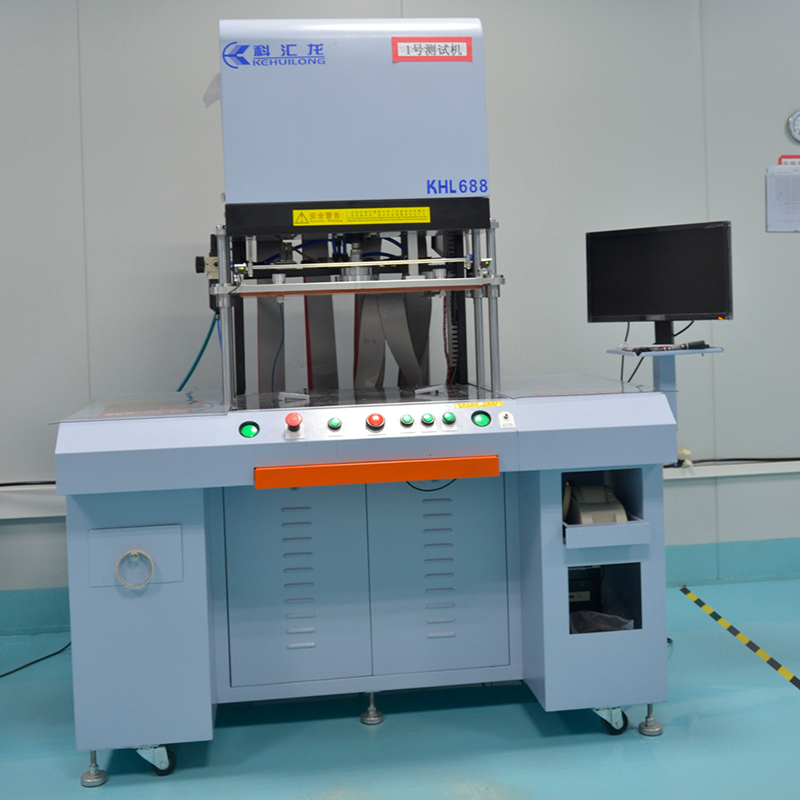Introduction
Signal integrity plays a critical role in the performance and reliability of modern electronic devices. Designing rigid-flex circuit boards that combine the flexibility of flex circuits with the structural strength of rigid boards presents unique challenges that must be addressed to ensure optimal signal integrity. In this blog post, we’ll explore key considerations and step-by-step methods for designing rugged rigid-flex circuit boards that maintain signal integrity at all times. By following these guidelines, engineers and designers can effectively resolve potential signal integrity issues and produce high-quality circuit boards.
1. Understand the signal integrity challenges in rigid-flex circuit board design
To ensure the signal integrity of a rigid-flex circuit board, it is important to first understand the potential challenges that may affect its performance. Some important factors include impedance control, connector placement, thermal management, and mechanical stress due to bending and flexing.
1.1 Impedance control: Maintaining consistent impedance on signal traces is critical to preventing signal reflections and losses. Proper dielectric stackup, controlled impedance traces, and accurate termination techniques are important considerations.
1.2. Connector placement: Strategic placement of connectors is critical to minimizing signal attenuation and ensuring reliable interconnections. Choose the location carefully to minimize parasitic capacitance, minimize discontinuities, and avoid crosstalk.
1.3. Thermal management: Thermal challenges such as localized heating and uneven heat dissipation can negatively impact signal integrity. Efficient thermal management techniques, including proper thermal dissipation and trace routing, are critical to maintaining optimal performance.
1.4. Mechanical stress: Bending and bending can exert mechanical stress on rigid-flex circuit boards. This stress can cause trace breaks, impedance changes, and signal interruptions. Careful consideration of bend radius, bend area reinforcement, and component placement can alleviate these issues.
2. A step-by-step guide to ensuring signal integrity
Designing rigid-flex circuit boards with excellent signal integrity requires following comprehensive guidelines and steps. Let’s delve into each guideline to gain a better understanding.
2.1. Define design constraints and requirements: Start by defining project requirements, including electrical, mechanical, and assembly specifications. Understanding these limitations from the beginning can help guide the design process.
2.2. Use software tools for simulation analysis: Use electromagnetic simulators, signal integrity analysis platforms and other software tools to simulate the performance of the circuit board. Analyze key parameters such as impedance, crosstalk and reflections to identify potential issues and make necessary adjustments.
2.3. Plan stacking: Establish an optimized layer stacking design to effectively integrate rigid and flexible layers. Be sure to choose the appropriate materials for each layer to meet performance and reliability requirements. Consider impedance control, signal integrity, and mechanical stability during stackup planning.
2.4. Trace routing and differential pair placement: Pay close attention to trace routing and differential pair placement to minimize signal damage. Maintain consistent trace widths, maintain separation between high-speed signals and other components, and handle return path design with care.
2.5. Connector placement and design: Carefully select connector types and their placement to mitigate signal attenuation. When designing connectors, minimize signal path lengths, avoid unnecessary vias, and consider transmission line principles.
2.6. Thermal Management: Implement effective thermal management strategies to prevent overheating and subsequent signal integrity issues. Distribute heat evenly, utilize thermal vents, and consider utilizing thermal patterns to dissipate heat effectively.
2.7. Mechanical stress relief: Design features that minimize mechanical stress, such as appropriate bend radii, reinforcements, and flexible-to-rigid transition areas. Make sure the design can withstand expected bends and bends without compromising signal integrity.
2.8. Incorporate design for manufacturability (DFM) principles: Work with PCB manufacturing and assembly partners to incorporate DFM principles into the design. This ensures manufacturability, reduces potential signal integrity risks, and improves overall production efficiency.
Conclusion
Designing rigid-flex circuit boards with strong signal integrity requires careful planning, attention to detail, and adherence to best practices. By understanding the unique challenges involved in rigid-flex circuit board design, engineers and designers can implement effective strategies to ensure optimal signal integrity. Following the step-by-step guidance outlined in this blog post will undoubtedly pave the way to a successful rigid-flex circuit board design that meets or exceeds performance expectations. With well-designed circuit boards, electronic devices can deliver superior performance, reliability, and longevity.
Post time: Oct-07-2023
Back







